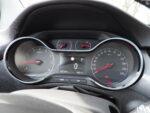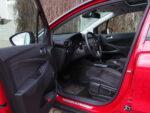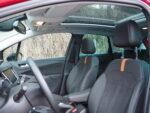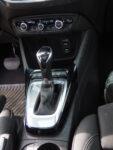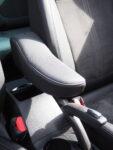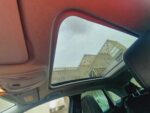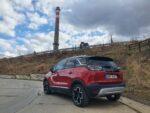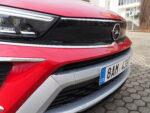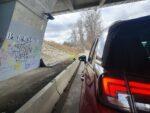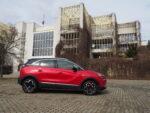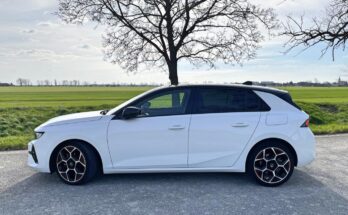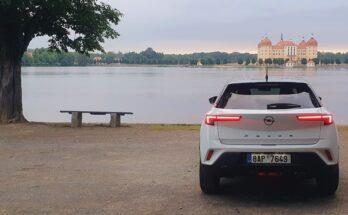Recently, I was gushing over the last German Opel . Today it will be a little different, I will deal with the first French Opel. When the French PSA group bought Opel in 2017, it was the small crossover Crossland that started a new era. Today we already know that it was a hit in the dark. Along with the departure of the small Mokka X, it was also replaced by the MPV Meriva, thus killing two birds with one stone.
FRENCH BULLDOG FROM GERMAN
Something strange happened last year. Although I thought that the Mokka model would disappear forever into the abyss of history, the exact opposite happened. Opel presented the world with a new generation, now without the nickname X, and I couldn't believe my eyes. The bright green hatchback literally won me over with its design, wow. Such a nice Opel hasn't been here for a long time! It didn't take long and the new design language was also reflected in the facelifted form of the Crossland model. The round egg sharpened a bit, got a rougher face with desirable extra edges. No more changes were needed, the three-year-old model is still quite fresh.
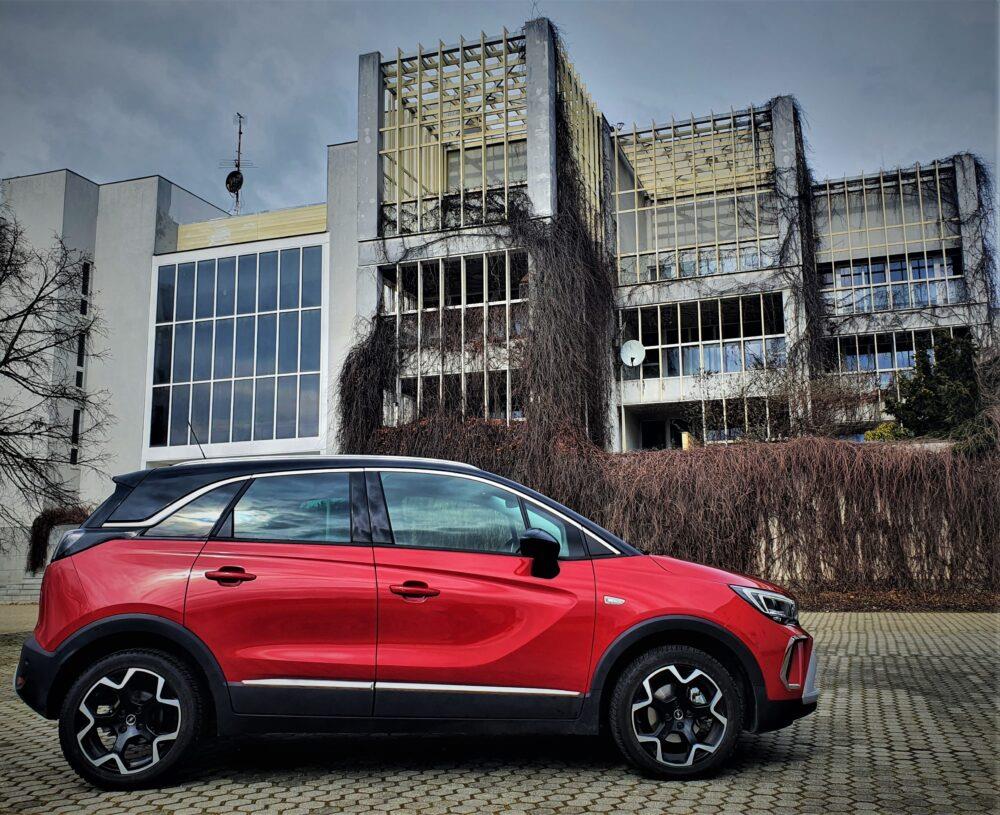
The peculiarity of the Crossland is its proportions. It is quite tall, but narrow, reminiscent of the second generation Skoda Fabia . The long wheelbase and chrome line above the windows stand out from the side. The optional roof in black gives the small Opel a touch of exclusivity. It works better here than on the larger Grandland . With the facelift, the Crossland got rid of the small metal wheels even in the basic equipment (except for the very basic motorization), so that even a completely "bare body" no longer looks like a tram with sunken wheels. Also, the basic color without extra charge is no longer white, but cheerful orange.

Already in the 1960s, American car companies proved to us that many cars with different "personalities" can be built on the same basis. The same is brilliantly demonstrated by PSA today. Although the Crossland is technically related to the Citroen C3 Aircross and the Peugeot 2008, they are nothing alike.
BIGGER INSIDE THAN OUTSIDE
After sitting in the interior, you will be most interested in the space. Due to the external proportions, it might seem that there will not be many of them, especially in width, but this is not the case. The appearance of excessive space is further created by the abundant glazing, in our tested specimen enhanced by the panoramic roof (25,000 CZK). However, it takes away the headroom in the front seats, a typical toll for the sky above your head. The view from the car is excellent, thanks to the thin A-pillars and the high seating position, you can see the angular hood at every corner, making maneuvering in a congested city a complete breeze.
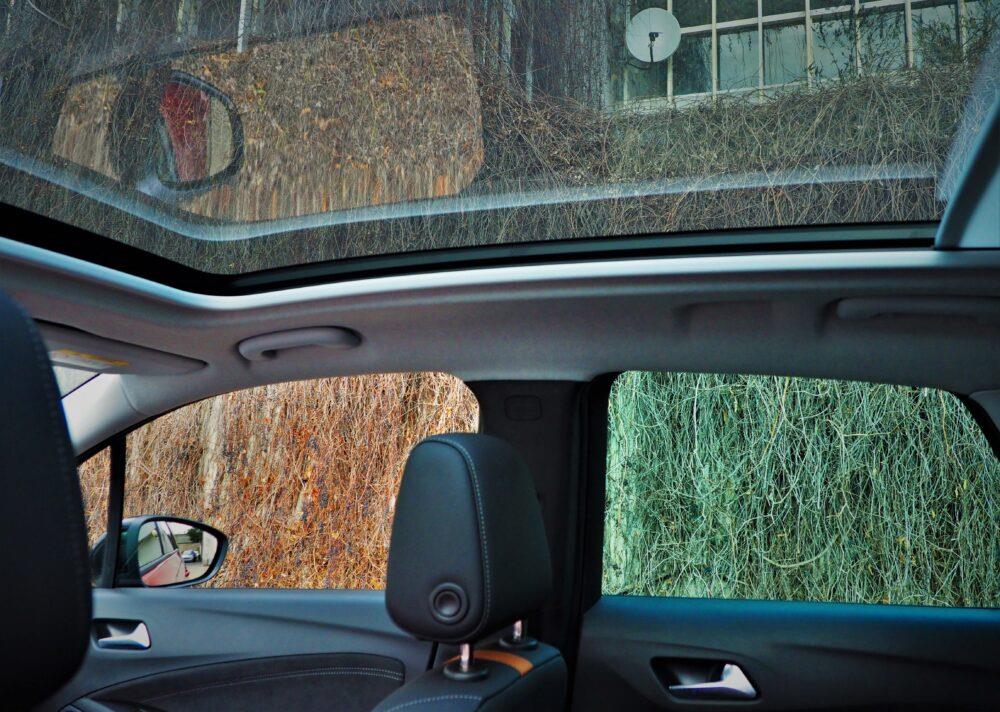
The feeling of space is one thing, but isn't it just a feeling? We're only sitting in a small car… Seriously, it's not. Front passengers have nothing to complain about, nor does the central tunnel put pressure on the knee. The armrest is adjustable (I want that in every car!), the steering wheel is very comfortable to hold and the automatic selector is within easy reach. Rear passengers do not suffer either, but here you can tell that the little Opel is not very wide. There is plenty of head and leg room, and anyone who has a problem with that can move each half of the bench as they please. Sometimes it was necessary, because of the luggage compartment, the only one does not offer much space. The basic 410 liters can be increased up to 560. The only complaint I would have is the seats. Although they have an AGR certificate, even after a week I couldn't find a position in which they wouldn't hurt my back. At least they are nice, upholstered in Alcantara. They look really luxurious.
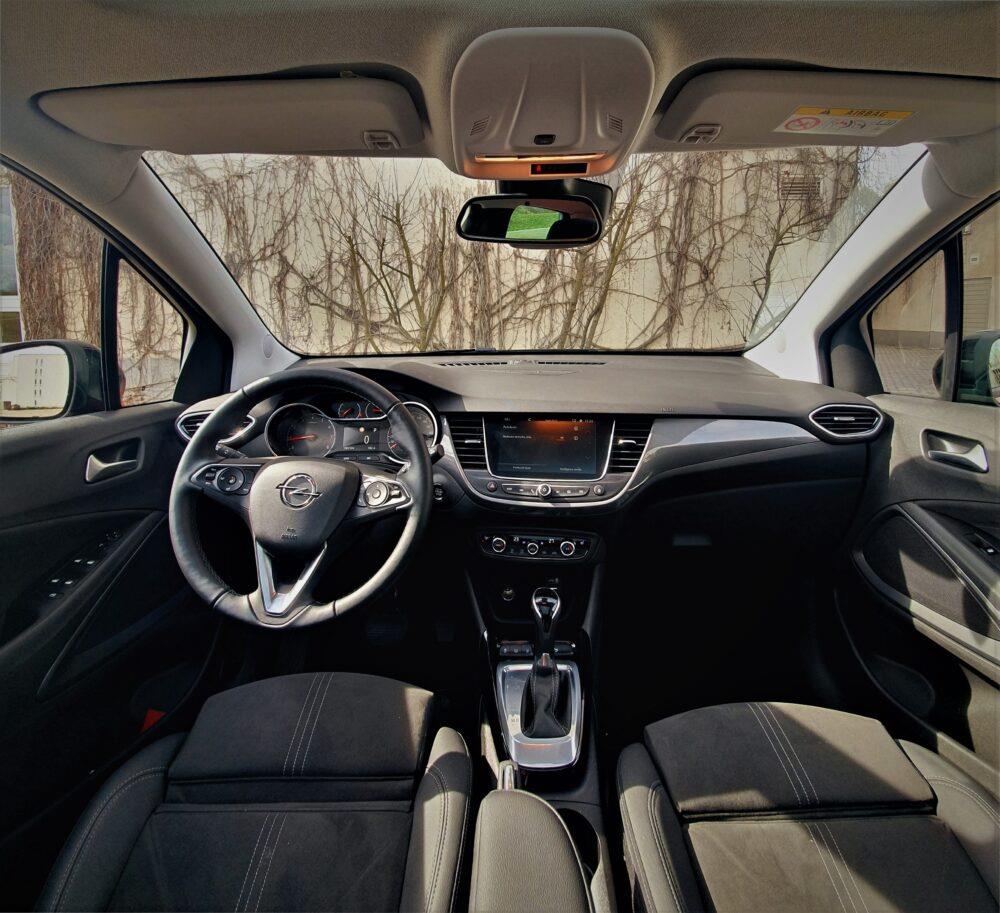
In one of the past tests, I acknowledged the breadth of the portfolio of Korean car companies, where Kia and Hyundai do not "climb into cabbage" too much. PSA is perfecting such tactics. I'm a big fan of the certain craziness of the new Peugeots , as well as the playfulness of the Citroens , but I still like the interior of the new Crossland. One almost wants to say "good old Opel". The interior of the small crossover is very traditional. The dashboard seems to have fallen out of sight, for example the one in the Astra, and whoever wants can spice it up with, for example, red decor. Due to its enormous depth, it is also excellent for storing everyday items, you only need about a square meter of anti-slip film.

The quality of the workmanship is at a decent level, although the manufacturer mostly used rather hard plastics, they are well matched and look durable. Compared to the Astra , it is a step back, but we are also looking at a cheaper car. The top of the dashboard, along with other "touch" surfaces, is fortunately made of soft plastic. But what is Opel's biggest currency within the entire concern? It may seem silly to some, but they are buttons . From cruise control, air conditioning, radio volume, even alarm clock backlighting. Everything has its own physical button/knob in a fixed location, so you can always find it when you're blind. A touch screen will never replace a physical button. It will be written about until the journalists who remember the buttons die, or until the manufacturers come up with something about it.
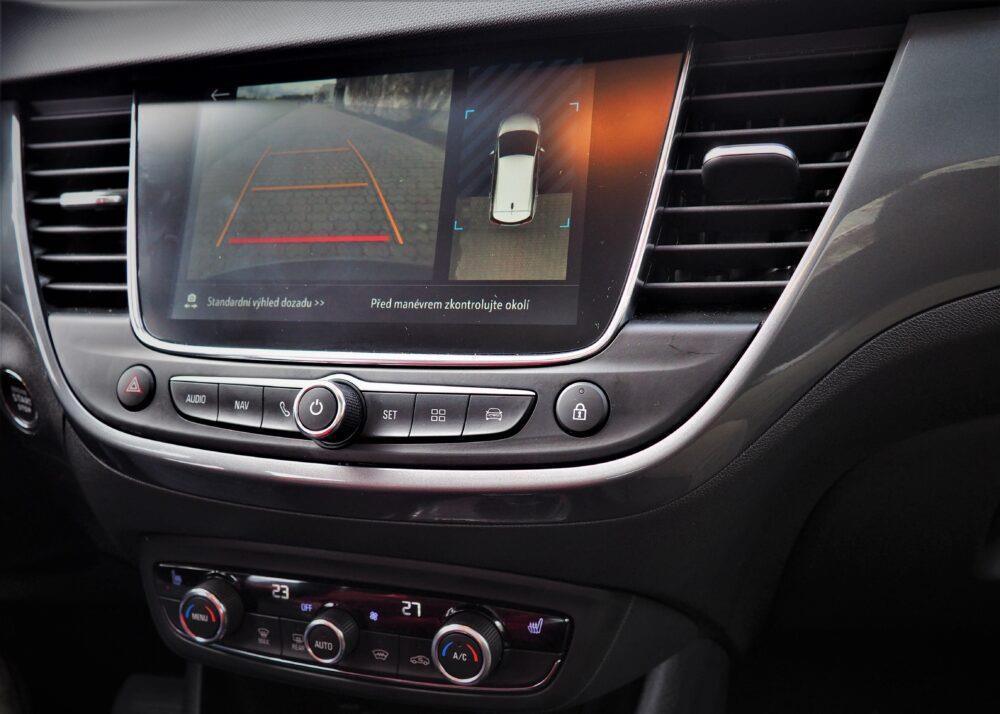
Speaking of screens, there are traditionally two. A black and white on-board computer with operational information and infotainment from PSA that is quite simple. It's not one of the fastest, but it handles phone mirroring perfectly and the radio can do DAB. A reversing camera is a matter of course. On a side note, I have to mention one more hard-to-understand negative that you won't read about elsewhere. The new Opel Crossland has perhaps the noisiest heater fan that exists. Only the Lada Niva is noisier.
GERMAN CHASSIS
In addition to the new front design, the facelift also brought a redesigned chassis. The McPherson-type front axle received new shock absorbers and springs, and the tuning of the rear suspension with a torsion bar has also been revised. Simply put, the chassis has hardened. The inclinations of the body are not very pronounced and the track leads in an exemplary manner, perhaps it is just a little understeer, which can be expected due to the higher body structure with front drive. It is priceless on the highway and in high-quality districts, the Crossland is very quiet, unobtrusive and safe. Steering with a relatively steep gear ratio contributes to agility, even maneuvering in the city. There, on the other hand, the harder suspension is a bit of a nuisance, but I believe that it will be more comfortable on smaller wheels than the seventeens of the tested piece.
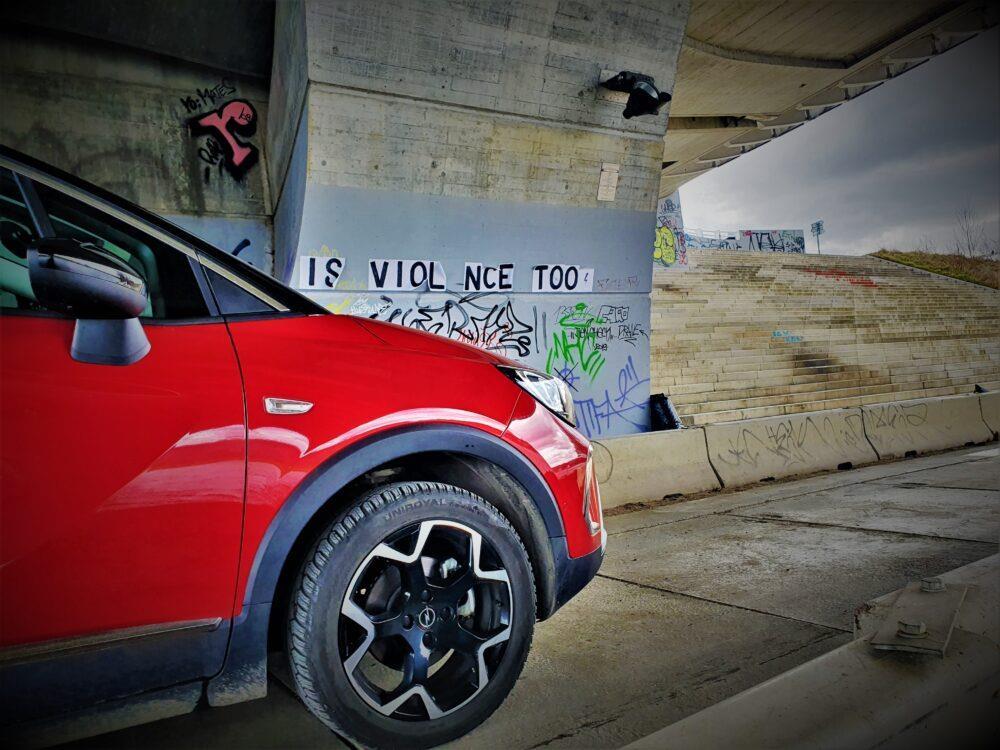
Despite the slight rattling, the chassis remains well insulated and does not disturb the crew too much. In my opinion, the new tuning is ideal for the target group, although the harder chassis is not soothing in the French way, it provides enough information about the surface on which you are currently moving, which is ideal from the point of view of safety. My own Crossland would simply have smaller wheels.
DIESEL SYMBIOSIS WITH AUTOMATIC
The 1.5 CDTi four-cylinder diesel that powered the tested unit is available in two performance variants. The weaker one has 81 kW and can only be combined with a six-speed manual, if you choose an automatic, it also has six speeds and 88 kW. We had the stronger one.
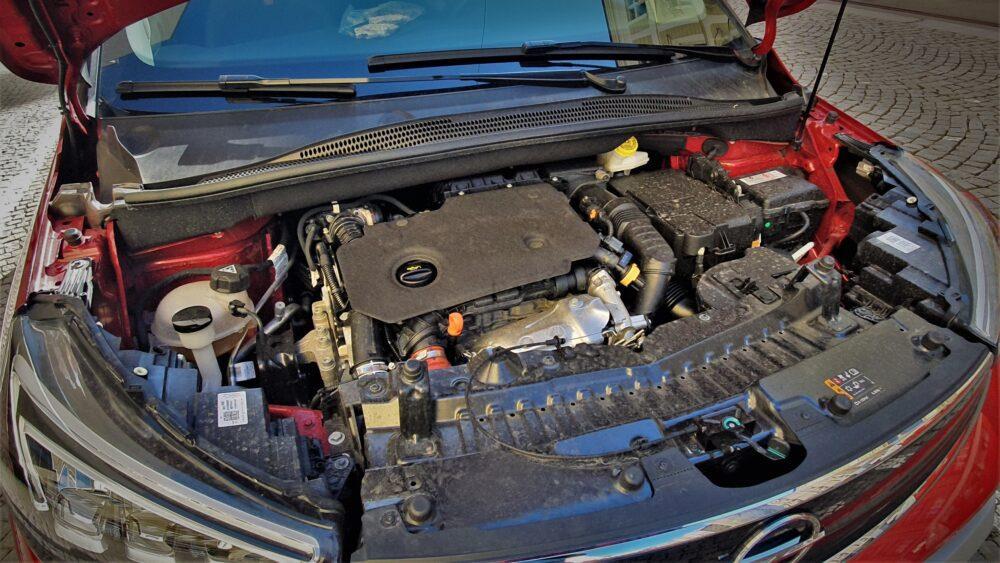
Immediately after starting up, the four-cylinder from the PSA workshop makes itself known. Fortunately, after warming up, it calms down and just makes distant hums. The power of 120 horses for the approximately 1300 kg heavy Crossland is more than enough, I would say that it is such an optimum. You don't have to turn it unnecessarily, you don't have to rush anywhere, in fact you just tickle the gas pedal, only when overtaking and on steep hills you need to step on its neck a little. Two factors are mainly responsible for the smooth and pleasant ride. The combination of 300 Nm of torque is available from 1750 rpm, so the engine pulls decently from the bottom. The increase in performance is relatively linear, but the more sensitive among us will notice a mild turbo effect, but it is nothing terrible, after all, it is a common feature of turbocharged engines.

The symbiosis with the automatic transmission is magical. This is how automatons should behave. So, firstly, it is an EAT6 transmission – with a hydrodynamic converter, so shifting is very smooth and barely noticeable, and secondly, it has "only" six gears, which is absolutely ideal. The gears are quite long, but a sufficiently powerful engine can handle it, while this also has a positive effect on fuel consumption. Thanks to the smaller number of gears, the gearbox does not underspeed the engine and is sure which one to select, so there is no precarious situation like with some nine-speed automatics, which cannot choose from such a wide range. Which was, for example, the problem of the sister Astra , which was otherwise equipped with the same unit.
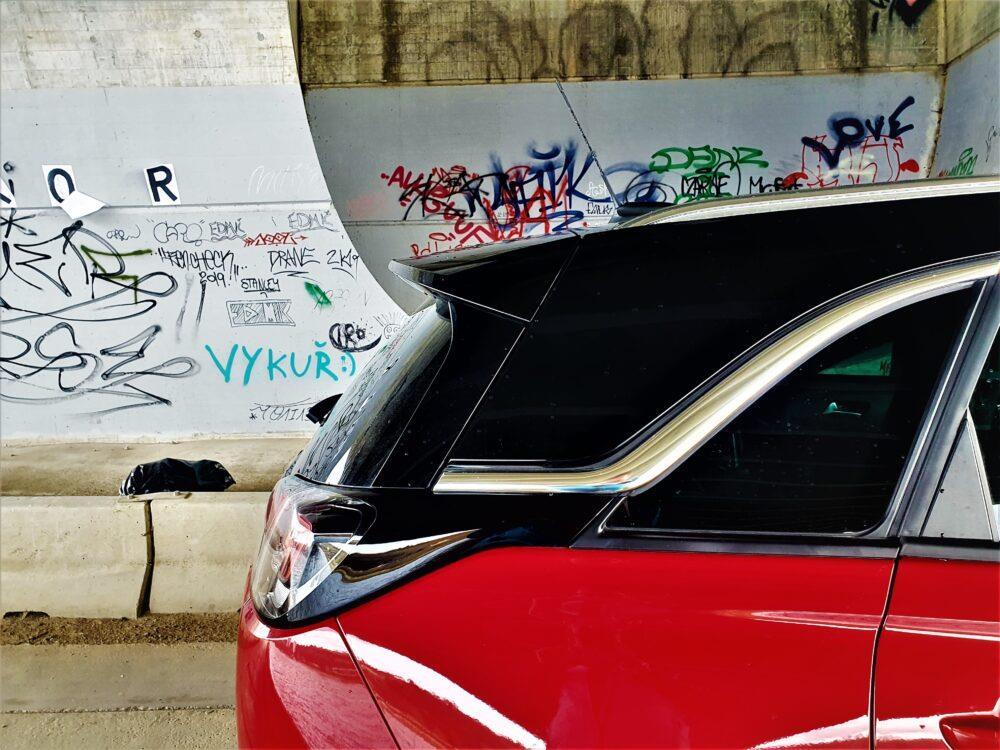
I would also like to add that you can choose the gears yourself, the gearbox selector allows this – it comes in handy sometimes, especially on steep hills. Fuel consumption stabilized at 6.9 L/100km after the test week, but I was mainly in the city. The 3.8 given by the manufacturer cannot be achieved in practice, those who drive slowly through the districts will drive behind the 5th highway, when the engine turns 2300 rpm. you will drive around exactly six liters.
PRACTICALITY WINS OVER EMOTIONS
We love some cars because of their driving characteristics . Others are perhaps beautiful . Eight-cylinder models have a wonderful sound , while Citroens , for example, are very comfortable. Cars are like people. Everyone is different. The new Opel Crossland (without X!) is not a car full of emotions. I hope I won't offend anyone now, she seems like the perfect wife to me. It is very practical, undemanding and useful. It's not the prettiest, but you can't deny it's flair, it's modern enough, while sticking to traditions.
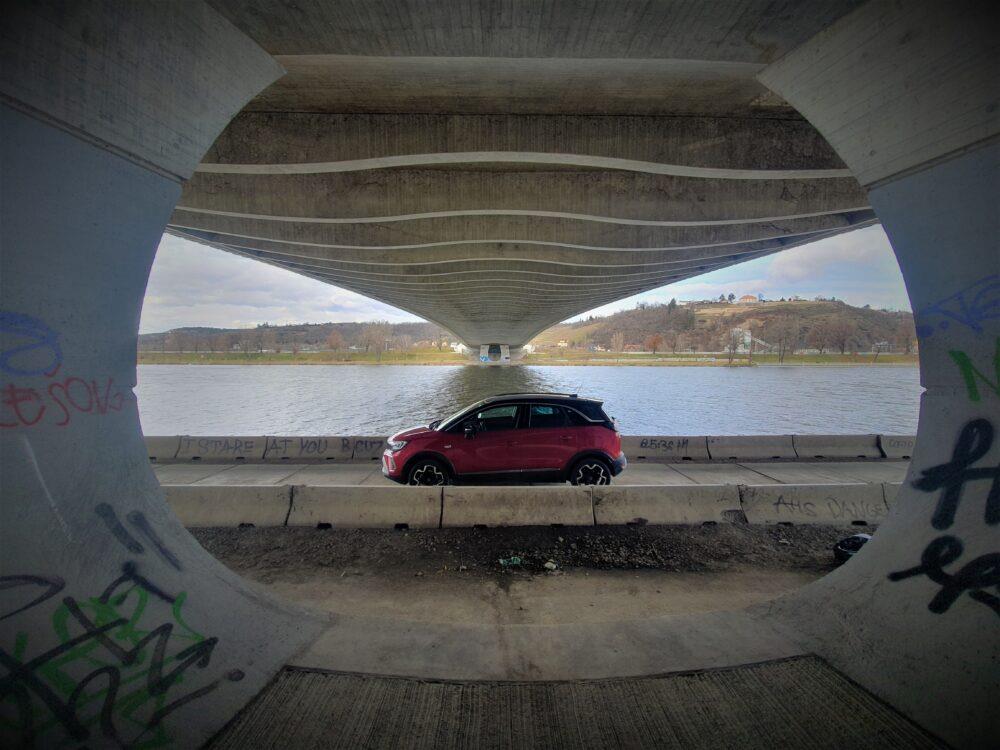
German enough, even if it isn't. During the test week, I liked its bright and airy interior, enjoyed the excellent view, great maneuverability and low consumption. You will love the facelifted Opel Crossland for its practicality. And if you take a look at the price list, it can also be love at first sight… The COOL edition, which includes a decently equipped model with a more powerful 1.2 Turbo 81kw engine for 380,000, is now available…
Basic price: 349,990 NOK (1.2 61kW/83k 5-speed manual COOL edition)
Basic price of the tested version: 469,990 NOK (1.5 CDTI 88kW/120k Start/Stop AT6 Elegance)
Price for tested configuration with extras: 629,990 (1.5 CDTI 88kW/120k Start/Stop AT6 Ultimate)
Photo: Jindřiška Lidická


